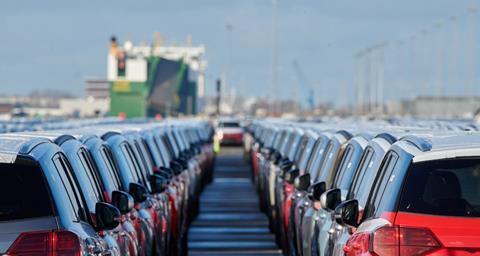In the first quarter of 2023, the total throughput for the port of Antwerp-Bruges was 68.7 million tonnes, a drop of 4.5 percent compared with the same period last year.

According to the port, the decline is due to the still complex geopolitical and macroeconomic context, which has led to a decline in the container segment and significant shifts in cargo flows.
While operational challenges at container terminals and congestion have slowly declined since the third quarter of 2022, economic uncertainty and inflation led to a global slowdown in demand for container shipping and the cancellation of sailings, particularly those from the Far East. Along with the ongoing conflict in Ukraine, which caused Russia-related traffic in the first three months of 2023 to be two-thirds lower than in the same period last year, this has resulted in a 6.6 percent drop in container throughput in tonnes and 5.7 percent in teus, compared to the first quarter of 2022.
Conventional general cargo throughput volumes are in line with the pre-covid period levels, but down 19.8 percent compared to a very strong first quarter in 2022, when a robust post-covid recovery resulted in high throughput figures. The slowing economy is accompanied by a decline in steel demand. This caused a 21.9 percent drop in throughput of steel, both in incoming and outgoing flows.
Ro-ro traffic, meanwhile, is maintaining the status quo, but within the new-car segment there is a resurgence. Throughput of all transport equipment has grown by 4.3 percent, while unaccompanied cargo (excluding containers) is showing a decrease (-2.4 percent).
Jacques Vandermeiren, ceo, port of Antwerp-Bruges, said: “These results show that the world port is at the centre of a continuously challenging geopolitical and macroeconomic context. But despite these disappointing figures, the outlook for 2023 remains positive. Falling energy prices, an improving Chinese economy and signs that the liner market is also picking up are reasons to be confident about the future. Moreover, the complementarity of the two port platforms allows us to better respond to shifts in cargo flows.”
















